How to Choose Rubber Seal Material?
Engineers with 20 years of work experience, work together to make you experience real service
Extrusion Material
Each material has its unique properties. Find the right product for you based on our 20 years of experience as a rubber seal manufacturer.
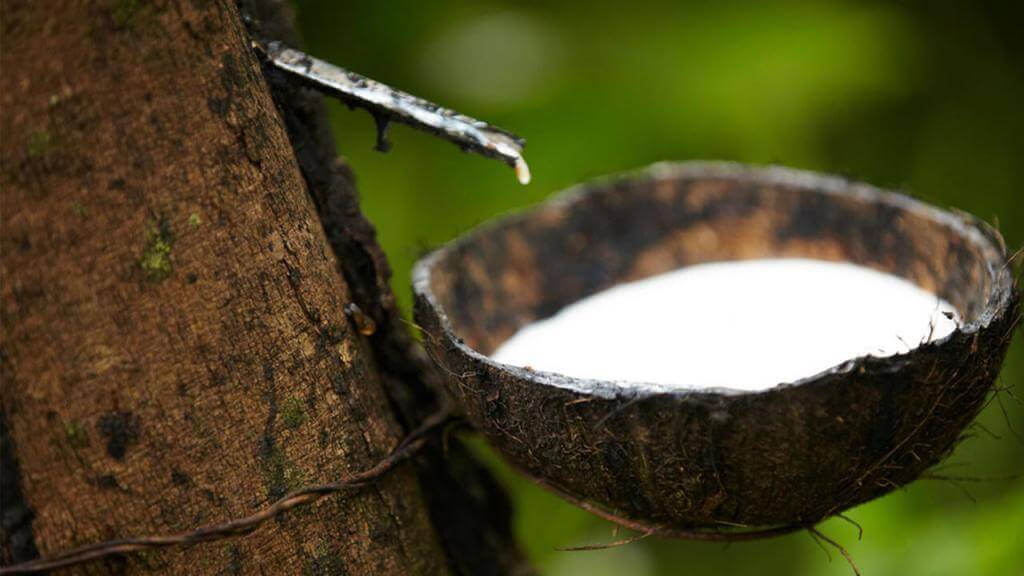
We can produce sealing strips from the following materials
With its wide application range and excellent comprehensive performance, it has been recognized by domestic and foreign industry enterprises.
Features
- Excellent comprehensive performance
- Has outstanding ozone resistance
- excellent weather resistance
- Good high temperature and low-temperature performance
- Outstanding chemical resistance
- Resistant to a variety of polar solutes
- Relatively low density
Disadvantage
- In general mineral oil and lubricating oil, the expansion amount is large
- Generally dark products
- Use temperature range -60 ~ 150 ℃
Rigid PVC is one of the most widely used plastic materials. PVC material is an amorphous material
Features
- Mechanical properties
- Excellent electrical performance
- Extremely resistant to acid and alkali
- good chemical stability
- low softening point
Molding characteristics
- Amorphous material with low moisture absorption and poor fluidity. To improve flow and prevent air bubbles, the plastic can be pre-dried. The casting system of the mold should be thick and short, the gate section should be large, and there should be no dead corners. The mold must be cooled and the surface is chrome-plated.
- Due to its corrosive and fluid characteristics, it is best to use special equipment and molds. All products must be added with different types and quantities of additives as required.
- It is very easy to decompose. It is easier to decompose in contact with steel and copper at a temperature of 200 degrees. When decomposing, it will escape corrosion and irritating gas. The molding temperature range is small.
- When using a screw injection machine nozzle, the hole diameter should be large to prevent material stagnation in dead corners.
- The shrinkage rate of PVC is quite low, generally 0.2~0.6%
It can be used in areas with high temperature, cold, strong ultraviolet radiation, and medium and high-rise buildings.
Features
- Has outstanding high and low-temperature resistance
- Ozone resistance and weather resistance
- Have excellent hydrophobicity and proper breathability
- Has unparalleled insulating properties
- Can meet the requirements of various colors
Disadvantage
- The mechanical strength is the worst among rubber materials, and it is not resistant to oil
- Use temperature range -100 ~ 300 ℃
It can be applied to cold, as well as medium and high-rise buildings.
Features
- is a material with a wide range of properties
- heat resistance
- Good cold resistance
- relatively low density
- Oil resistance
- Solvent properties
- With the flexibility and elasticity of rubber
- Can be produced by plastic processing methods without vulcanization
- Scrap can be recycled and reused
Disadvantage
- Compression set resistance
- Wear resistance is not good
- Operating temperature range -40~150℃
It has similar physical properties to ordinary vulcanized rubber but does not need vulcanization. It can be molded by ordinary plastic processing methods like thermoplastic resins. The products can be recycled and reprocessed without losing their basic properties. The development of this new material has brought major innovations to the rubber industry. It breaks the traditional boundaries between rubber and plastic and is more economical and social in terms of energy-saving, labor-saving, and environmental pollution prevention. However, the heat resistance and mechanical strength, price, deformation, etc. of TPE are not ideal. In recent years, in addition to modification, new varieties have also appeared.
Features
- It can be processed by general thermoplastic molding machines and does not require special processing equipment.
- Production efficiency is greatly improved. It can be directly vulcanized with a rubber injection molding machine, and the time is shortened from about 20 minutes to less than 1 minute; because the required vulcanization time is very short, it can be directly vulcanized by an extruder, and the production efficiency is greatly improved.
- Easy to recycle and reduce costs. The waste generated in the production process (escape burrs, extruded waste rubber) and the final waste products can be directly returned for reuse; used TPE old products can be simply regenerated and then recycled, reducing environmental pollution and expanding the source of renewable resources.
- Energy saving. Most thermoplastic elastomers do not need to be vulcanized or the vulcanization time is very short, which can effectively save energy. Take the energy consumption of high-pressure hose production as an example: rubber is 188MJ/kg and TPE is 144MJ/kg, which can save energy by more than 25%.
- The application field is wider. Since TPE combines the advantages of rubber and plastic, it has opened up new fields of application for the rubber industry.
- It can be used for reinforcement and toughening modification of plastics. It has high self-reinforcing properties, simplified formula, little influence of compounding agent on polymer, and easier control of quality and performance.
Disadvantage
- The heat resistance of TPE is not as good as that of rubber
- The physical properties decrease greatly with the increase in temperature
- The scope of application is limited
- Compression deformation, elastic recovery, and durability are inferior to those of rubber
- The price is also often higher than similar rubber
Compared with other special rubbers, the individual properties are poor, but the overall properties are well balanced.
Features
- excellent weather resistance
- Ozone resistance
- heat aging resistance
- Oil resistant
- Solvent resistance
- good chemical resistance
- Excellent flame resistance
- good adhesive properties
Disadvantage
- Poor storage stability, hardening will occur during storage
- Cold resistance is not good
- relatively dense
- Generally black products
- Used in environments with oil resistance, heat resistance, acid, and alkali resistance requirements
- Use temperature range -30 ~ 120 ℃
Butyl rubber is widely used in the manufacture of anti-vibration rubber, industrial rubber sheets, medical rubber, and many other aspects due to its unique properties of polymers.
Features
- good air tightness
- heat resistant
- Ozone resistant
- Aging resistance
- shock absorbing
- Electrical insulation properties
- Good resistance to sunlight and ozone
- May be exposed to animal or vegetable oils or oxidizable chemicals.
Disadvantage
- The vulcanization speed is slow. Compared with highly unsaturated rubber such as natural rubber, the vulcanization speed is about 3 times slower. It requires a high temperature or a long time of vulcanization.
- Poor mutual adhesion, it is necessary to improve the adhesion with other rubbers with the help of tackifiers and tackifying layers, and the adhesion is low
- Poor compatibility with other rubbers, generally only used with ethylene-propylene rubber and polyethylene, etc.
- The effect between butyl rubber and the reinforcing agent is weak. Compared with unsaturated rubber, the effect between butyl rubber and the reinforcing agent is weak. Heat treatment or additives are needed to increase the reinforcing effect of rubber, improve tensile strength, stability tensile stress, elasticity, wear resistance and electrical insulation properties, etc.
Polyurethane appeared in the 1930s. After nearly 80 years of technological development, this material has been widely used in the field of home furnishing, construction, daily necessities, transportation, and home appliances.
Features
- good stability
- chemical resistance
- Resilience and Mechanical Properties
- Has less compression variability
- It has good thermal insulation, sound insulation, shock resistance, and anti-virus performance.
Disadvantage
- Its flame retardant performance is poor
- Burns fast and produces excessive droplets in the process
- It is easy to cause the fire to spread faster.
Nitrile rubber is mainly used in the manufacture of oil-resistant rubber products.
Features
- Excellent oil resistance
- high wear resistance
- good heat resistance
- good adhesive properties
Disadvantage
- Poor low-temperature resistance
- Poor ozone resistance
- Poor insulation performance
- The elasticity is slightly lower
- It can be used in the air at 120℃ or in oil at 150℃ for a long time
CUSTOM RUBBER EXTRUSIONS
Strictly control from design-manufacture-sample-delivery. Meet all your customization needs.

Estimated wholesale price
All the money paid to HC for the purchase of their products is secure. Below is an outline of costs you will incur:
Design fee
Pay for the mold, ask for any seal you want at wholesale prices.
Shipping fee
This is the amount of money that you will pay for the transportation of your products from the factory to your doorstep.HC offers you the convenience of any kind.
Miscellaneous fee
It is any other fees relating to taxes, service fees, penalties, and late fees. They are usually low-cost amounts.
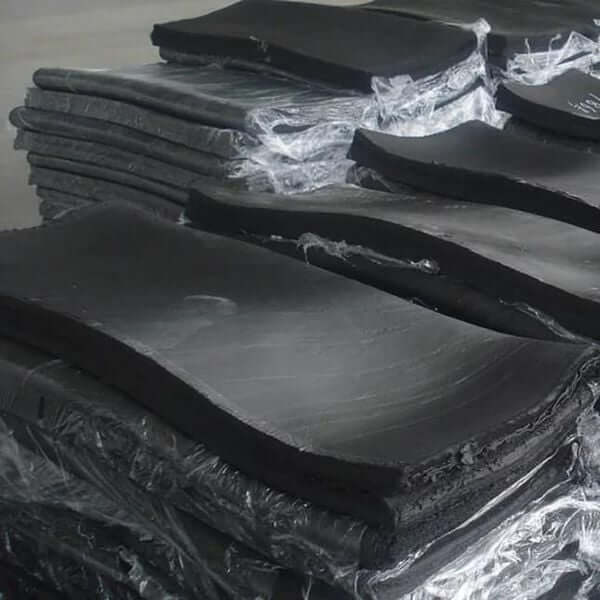
Sample fee
If you need a sample seal, our samples are free. Well, for a single sample, if it is one that you need. With a few samples, you'll pay a little more.
30% T/T fee
You can decide to either pay the full amount or pay 30% of the full payment for the wholesale.
70% fee
Complete your payment within a certain period and receive the products you ordered for.
The whole process for wholesale seal
This is what we do when it comes to making wholesale seal strips:
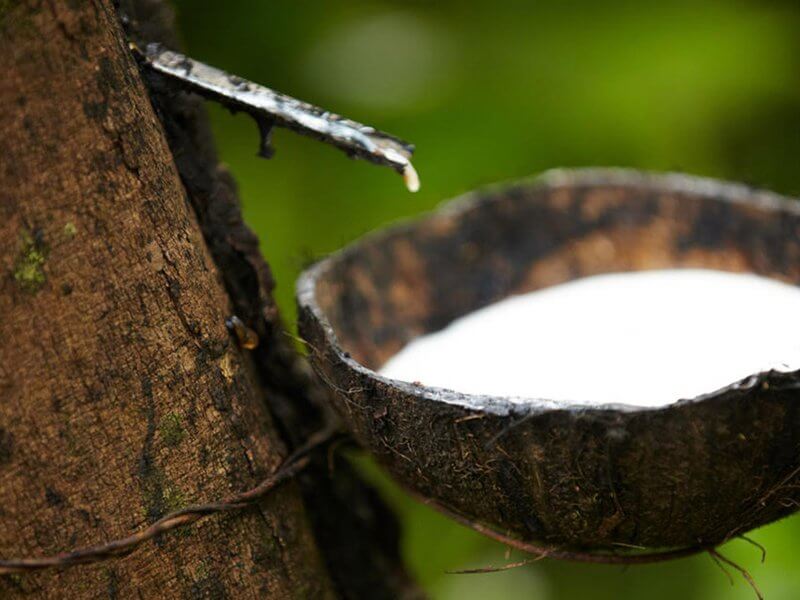
STEP 1
Design and manufacturing time
Purchase materials that fit the quantity you purchase. After that, the sealing strip is produced by secondary processing in the factory.
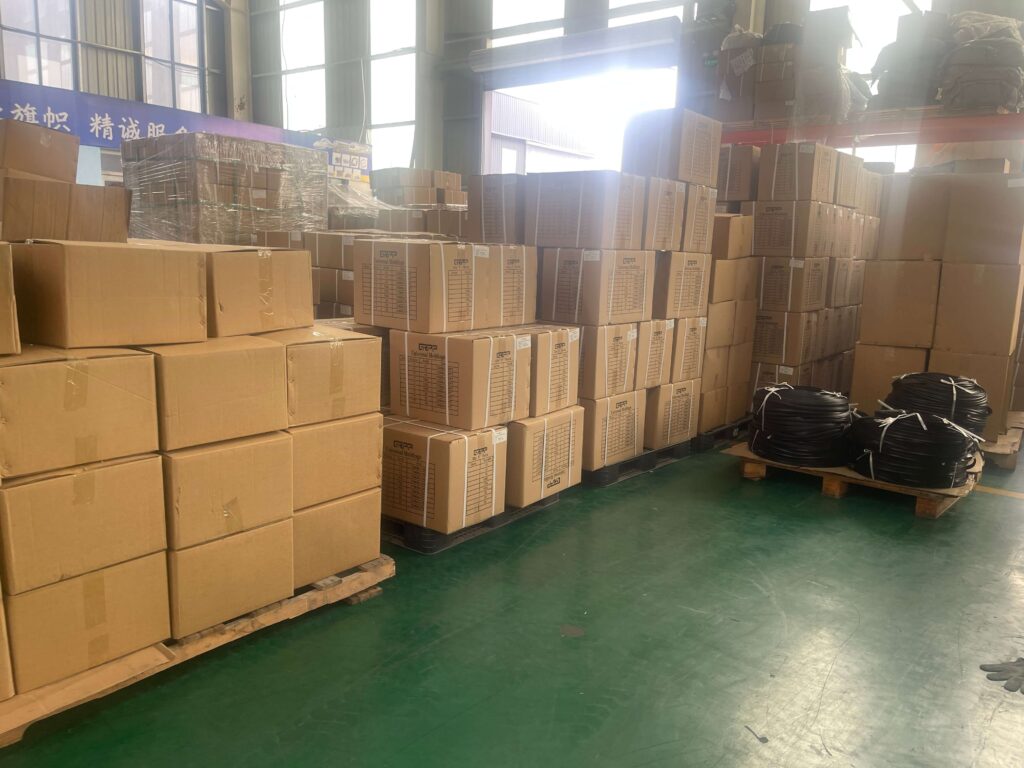
STEP 2
Packing and boxing all products time
The staff packs the products in cartons at the factory production line. They take a short time because it is an easy task.
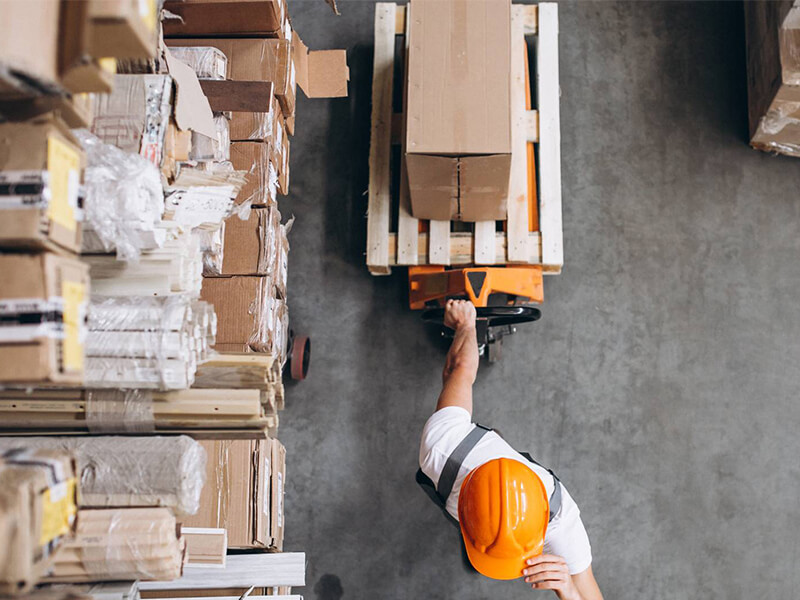
STEP 3
Custom clearance and loading time
The staff load the products onto HC vans, and once cleared, drivers then transport them to various dispatch points.
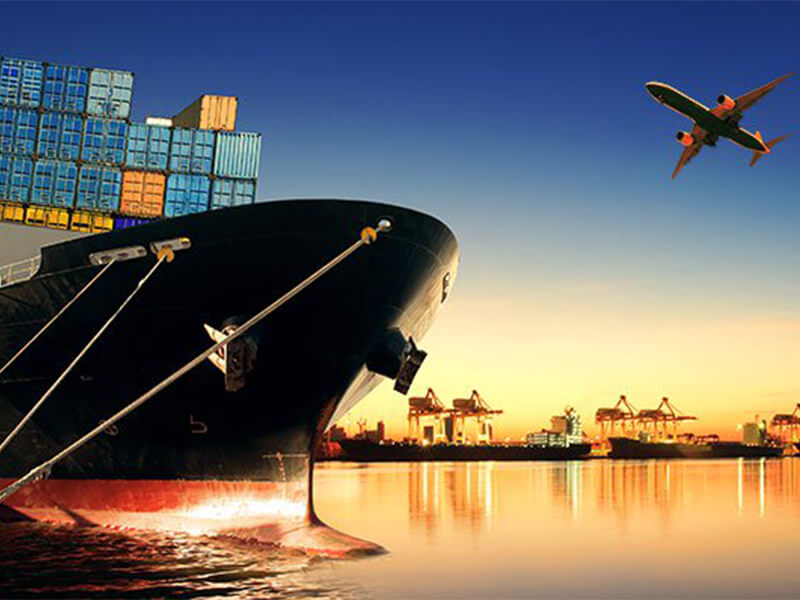
STEP 4
Sea and land transportation time
Once the products arrive at their destination, you will receive an alert. You can plan how to collect your shipped goods.
Get FREE Estimate Today!
We’d Love To Hear From You! For Inquiries About Our Products. Please Leave Your Email To Us And We Will Be In Touch Within 24 Hours.
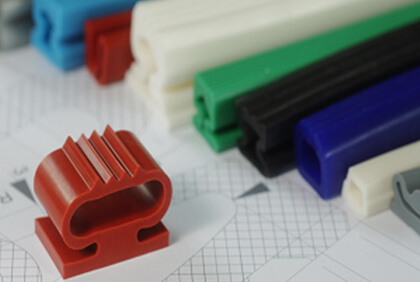
How to choose the material
- what you need to know?
For your peace of mind, here are some facts you need to know about our extrusion seals:
Are you a trading company or a manufacturer?
We are manufacturers and have our own factories.
Can I take samples for quality test?
Of course, we are willing to support free samples, but you need to pay the relevant freight.
Do you support OEM? Can I print my logo on the label?
We can support custom labels or another new packaging according to your requirements. And there’s only a small charge for materials and printing.
How to ship the goods?
- Sample: Express TNT, DHL, FedEx, SF, etc.
- Small order: air freight
- sea freight
How long does it take for me to receive the goods that I've ordered?
Usually within 3 weeks if no customization on the products, but It may take up to 60 working days if the shipping company stock is in trouble.
What do I do if my wholesale order is delayed?
If your order is over a week late, contact our customer support for further assistance. We’ll be sure to address your concerns immediately. Due to the COVID-19 pandemic, please expect minimal delays in order processing and delivery.

